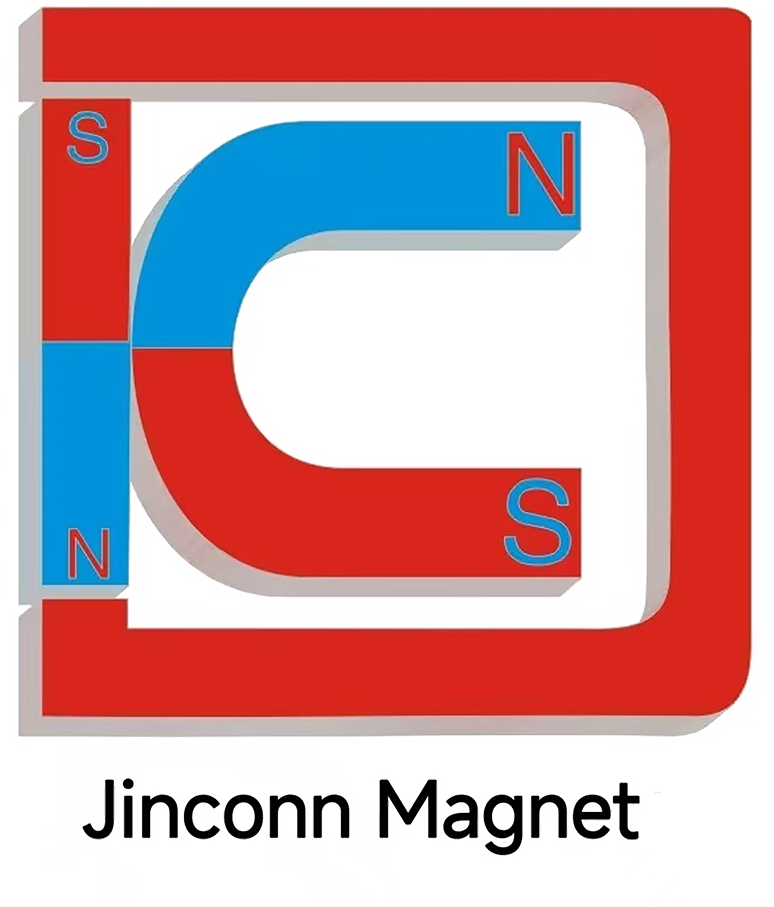High Coercivity Magnets: The Key to Robotic Motor Durability
High Coercivity Magnets: The Key to Robotic Motor Durability
In robotic joint motors, performance under stress is critical. Whether it's continuous motion, high loads, or electromagnetic interference, the components must remain stable. That’s why high coercivity magnets, particularly neodymium-based, are central to modern robotic motor design.
What is High Coercivity?
Coercivity refers to a magnet's resistance to becoming demagnetized. In robotic applications, motors are frequently exposed to high mechanical vibrations, back EMF, and thermal cycling. Using magnets with high coercivity ensures that magnetic strength is retained over time—even under extreme stress or prolonged use.
For robotic joint motors, this is vital in ensuring consistent torque delivery and smooth motion without drift or degradation.
Benefits in Long-Term Robotics Applications
Applications like industrial automation or medical robotics demand motors that can run reliably 24/7. Magnets that lose strength can compromise motor performance, increase wear, or cause failures.
Neodymium magnets with high coercivity are engineered for such tasks. They are optimized to resist demagnetization from heat, shock, or reverse magnetic fields, offering exceptional long-term stability.
High Coercivity and High Temperature Resistance
Temperature is a major factor affecting magnetic performance. Fortunately, many high coercivity magnets are also designed to withstand elevated temperatures, ensuring joint motors retain full functionality in thermally demanding environments.
This is particularly useful in robotic welding systems, aerospace actuators, and motors located near heat sources.
Protection from Environmental Damage
In addition to magnetic durability, corrosion resistance remains essential. Robotic systems in harsh environments—such as offshore, food-grade, or cleanroom applications—benefit from magnets coated to resist moisture and chemicals. Combining high coercivity with corrosion-resistant properties ensures robust and reliable magnet performance.
Ideal for Dynamic Motion Control
In robots requiring high responsiveness—such as humanoids or drones—high coercivity allows for precision control even under rapidly changing magnetic fields. It supports cleaner signals in sensor systems and allows joint motors to react quickly to control inputs.




Jinconn WeChat









